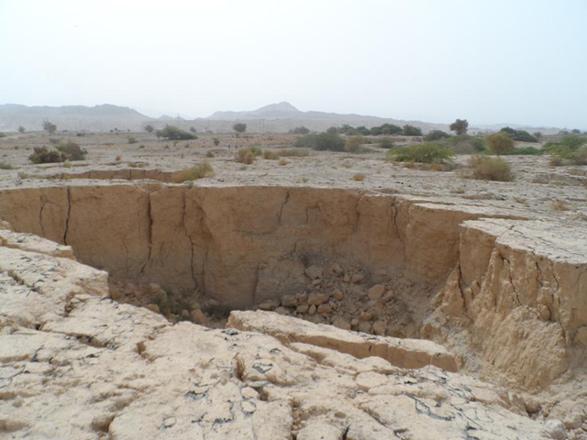You are here
Experts urge immediate intervention to save drying Dead Sea
By Maram Kayed - Dec 31,2020 - Last updated at Dec 31,2020

The water levels of the Dead Sea are decreasing between 1 and 1.5 metres annually, according to an expert (Photo by Amjad Ghsoun)
AMMAN — With the Dead Sea’s water levels reaching record lows, experts urge immediate intervention for environmental reasons.
The water levels of the Dead Sea are decreasing between 1 and 1.5 metres annually, according to Professor Nizar Abu-Jaber from the German- Jordanian University.
“The current level of the Dead Sea is about 430 metres below the main sea level. In the early 1980s it was about 400,” Abu Jaber had told The Jordan Times.
“Unfortunately, potash extraction requires the evaporation of the Dead Sea water, which means that water loss continues to occur at a high rate,” the professor said.
Some experts blame climate change for the drop of the Dead Sea levels and others attribute it to the diversion of the headwaters of the Jordan River while others attribute it to Israel.
Hazem Nasser, president and founder of the Middle East Water Forum, and former Jordanian minister of water and agriculture, said that “the Dead Sea is a closed lake mainly accessed by the Jordan River, so the diversion of the river’s water by Israel in 1964 has caused the water levels to shrink”.
“Historical flow to the Dead Sea before the diversion of its waters by Israel amounted to about 1.3 billion cubic metres annually, while the current flow does not exceed 0.2 billion cubic metres in the best rainy years,” he added.
Nasser noted that “if no action is taken to bring in additional water, the Dead Sea will nearly disappear within the next 50 years, and it will become a very small, shallow and salty lake”.
However, Nasser spoke of Jordanian attempts over the past years to implement the Bahrain Conveyor Project, which is a large water project aiming to preserve the Dead Sea environment from depletion by bringing additional water from the Red Sea.
“The project has been subject to delays either for financial or political reasons, the latter of which is due to the difficult political reality in the region. The total cost of the first phase of the project is about $1.4 billion. Jordan considers this as a strategic project that must be implemented to achieve the desired environmental and touristic goals.” Nasser said.
Elias Salameh, an expert and a professor of water sciences at the University of Jordan, said that “a drop in the surface of the Dead Sea came due to the extraction of water by the riparian countries that supply their waters to the sea, such as Syria, Israel, Jordan, Palestine and partly Lebanon".
"Of course, climate change is yet another factor, but it is not the main reason behind the significant drop in water levels,” he added.
The drop in water levels has environmental effects “on everything that surrounds the Dead Sea,” according to experts.
“The lower the surface of the Dead Sea, the lower groundwater level gets. This has major effects, such as strong erosion, the associated collapses along valleys, especially from the eastern side of the Dead Sea,” said Salameh.
“On the western side, this has resulted in problems for roads, electricity and water networks,” he noted.
Related Articles
AMMAN — The drop in the level of the Dead Sea is causing grave concerns among environmentalists and planners in the region, with most of the
AMMAN — Is the Dead Sea going to be really dead?
Jordan will float a tender for the implementation of the Red Sea-Dead Sea Water Conveyance Project later this year after preparing the required papers in the coming weeks, Water Minister Hazem Nasser said Thursday.















